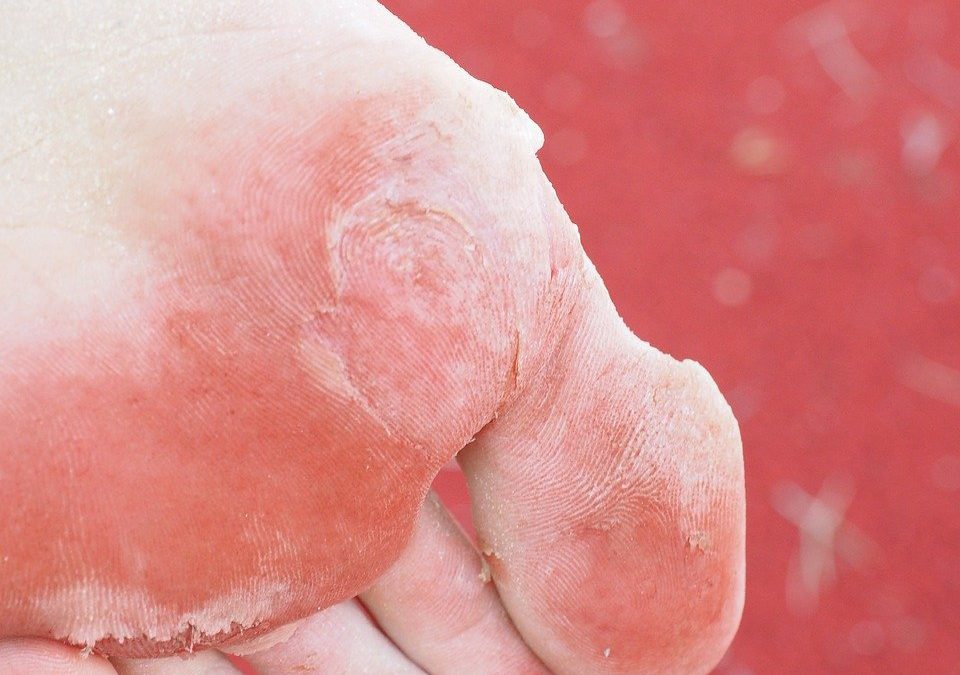Many people develop a foot or nail fungus in the course of their lives. It must be mentioned that the mite to be infected is also very high. In athlete’s foot (tinea pedum, tinea pedis), the feet are by far the most frequently affected area on the skin. Mushrooms like to grow in warm and humid places and find optimal living conditions in shoes and stockings. However, the same fungi can infect practically any other part of the skin.
Athlete’s f. and nail fungus are often confused with each other. Athlete’s foot is an infection of the skin and nail fungus is an infection of the nails. This post is a blog about athlete’s f.. But almost every nail fungus comes from an athlete’s foot.
Pathogen
• Filamentous fungi (dermatophytes)
• molds
• yeasts (e.g. Candida albicans)
Risk factors
The blood flow to the finest vessels decreases with age and older people are at greater risk of developing athlete’s foot.
All other types of circulatory disorders also increase the risk of athlete’s foot:
- Heavy smoking
- varicose veins
- heart failure
- diabetes
- Medicines that lower the immune system (e.g. cortisone)
- Certain sports (swimming, wrestling)
Athlete’s foot comes from one or more fungi, so people from the same house can infect each other.
It is therefore very important to strictly share towels, shoes, clothing or socks. Excessive personal hygiene also leads to the skin constantly bleaching wet and dissolving the protective layer of the skin.
Symptoms
The athlete’s foot often begins to spread in the spaces between the toes. At the beginning the athlete’s foot is barely visible. The first symptoms only appear when the fungi penetrate deeper into the skin. The symptoms begin with a strong, persistent itching between the toes. The skin then begins to wet, tear and the affected skin regions hurt when moving. The skin swells, flakes and reddened tissue becomes visible under the whitish skin flakes.
If the athlete’s foot is not treated, larger and larger areas of the skin become detached from the surface over time. The athlete’s foot often spreads from the toe spaces to the top of the toes, the back of the feet and the soles of the feet.
Treatment
Athlete’s foot rarely heals on its own and should be treated in any case. Athlete’s foot is usually treated locally by applying creams, sprays, or solutions that contain antifungals. However, if there is no success, a dermatologist should be consulted.
Advice against athlete’s foot
- In the case of fungal infections, the skin, hair and nails should also be treated
- Washing clothes at a minimum of 60 ° C, optimally at 90 ° C or with a mildew detergent (from the pharmacy).
- Use breathable clothing and shoes.
- Always use bathing shoes in showers or changing rooms and always dry the toe spaces well after showering
- Wear open shoes if possible
- Apply hands and feet regularly
If you have any further questions on this topic, please feel free to send us an email.

